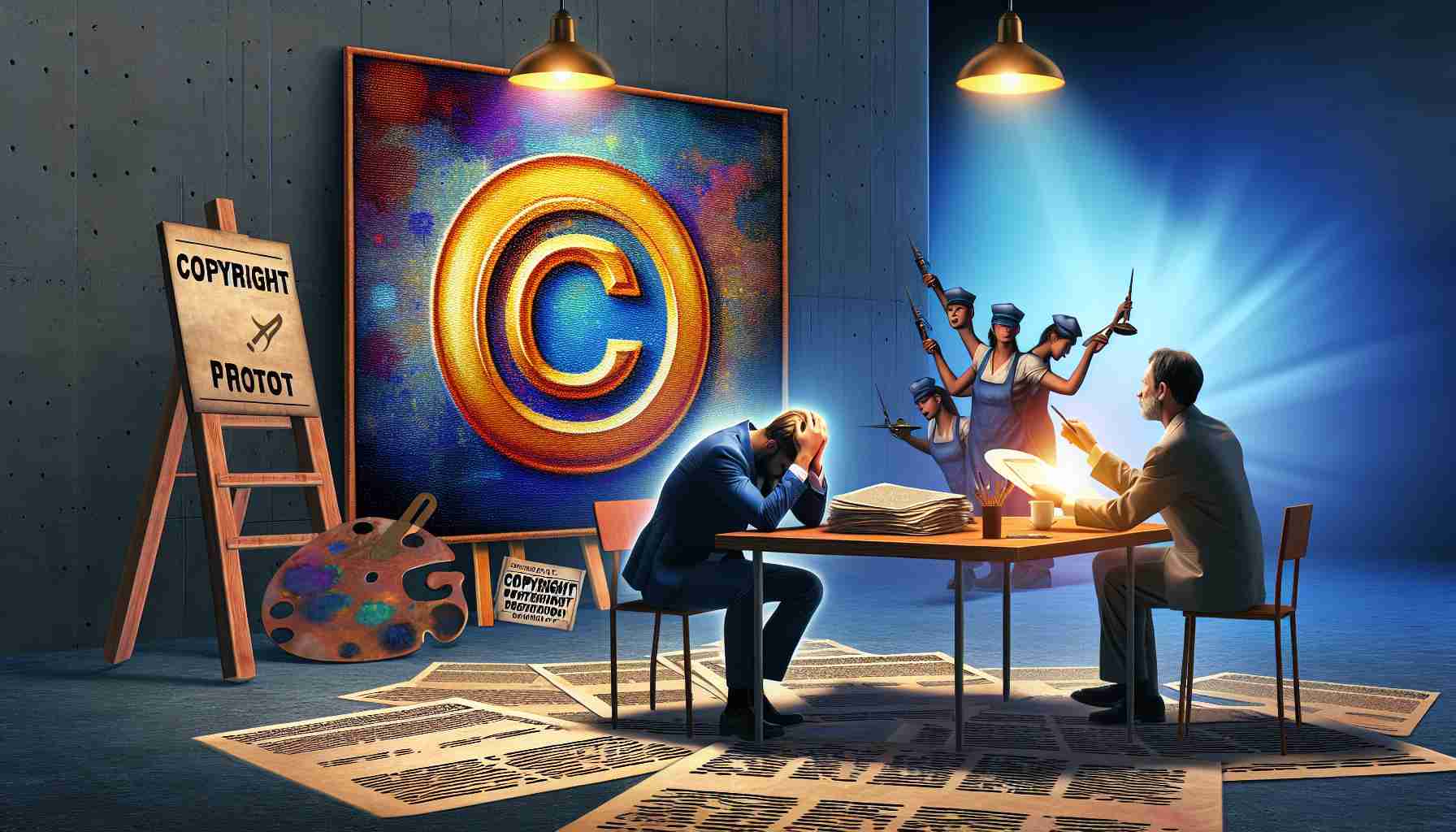Understanding Copyright Policies
In the age of digital media, ensuring your content is protected is crucial. Recent updates from Japan’s Mainichi Shimbun highlight the serious implications of unauthorized reproduction of news articles, images, and graphs. This well-established news organization firmly asserts that all rights regarding their materials are owned by them or their content providers.
The article emphasizes that any reproduction without permission is strictly forbidden, underscoring the necessity for proper attribution and respect for intellectual property laws. To combat unauthorized use, Mainichi Shimbun employs advanced electronic watermarking technology known as “acuagraphy.” This system allows individuals to verify copyright information easily, promoting accountability in media sharing.
This situation serves as a reminder for creators and consumers alike to become more educated about copyright issues. It addresses the fine line between sharing information and violating copyright, something that could lead to legal prosecution or penalties.
In a world where content is shared rapidly, having clarity on copyright can safeguard your creations. Understanding how organizations like Mainichi Shimbun implement copyright technologies may inspire others to adopt similar measures to protect their work. Staying informed about these practices not only benefits creators but also enhances the overall respect for intellectual property in the digital landscape. Let’s ensure we honor the efforts of content creators by adhering to copyright laws.
The Broader Implications of Copyright in the Digital Age
As the landscape of media consumption evolves, the implications of copyright policies extend far beyond individual creators. The protection of intellectual property is now a pressing social and cultural issue, influencing how information is disseminated and consumed globally. Unauthorized reproduction undermines the economic model that supports journalists and creators, weakening the entire media ecosystem that relies on the integrity of original content.
Moreover, the rapid digitization of information has significant environmental ramifications. As technology drives content creation, vast amounts of energy are consumed by the servers and infrastructure supporting digital media distribution. This raises questions about sustainability practices within the content creation industry. The push for stricter copyright enforcement might catalyze advancements in greener technologies, as organizations seek to protect their materials while reducing their carbon footprint.
Looking forward, the evolution of copyright technology will likely lead to more sophisticated systems that balance legal protections with accessible information sharing. Trends suggest an increasing reliance on blockchain for copyright verification, which could foster transparency and trust in digital transactions. As society grapples with the balance of innovation and protection, the long-term significance of adhering to copyright norms will shape not only media consumption but also the ethical frameworks that guide it. The need for respect and adherence to copyright laws is critical in promoting a culture of accountability and respect for creativity.
Protecting Your Creations: Navigating Copyright in Digital Media
Understanding Copyright Policies
In an increasingly digital world, the protection of intellectual property has never been more vital. This is particularly evident with recent developments highlighted by Japan’s Mainichi Shimbun regarding unauthorized use of their materials, including news articles, images, and graphics. As a pioneer in media protection, Mainichi Shimbun emphasizes that ownership rights are strictly upheld, advocating for adherence to copyright laws.
Key Features of Copyright Protection
1. Ownership Rights: Copyright laws declare that creators hold exclusive rights to their works, meaning that any reproduction requires explicit permission. This is crucial for both recognizing the value of creativity and providing creators with the means for economic gain.
2. Attribution Necessity: Proper attribution is essential in respecting the rights of content creators. Misrepresenting or failing to credit original work can lead to severe legal repercussions.
3. Innovative Technology: To combat unauthorized reproduction, Mainichi Shimbun utilizes “acuagraphy,” a sophisticated electronic watermarking technology. This system not only helps in verifying the authenticity and copyright status of their materials but also promotes accountability during media sharing.
Use Cases of Copyright Technology
Organizations and content creators can leverage copyright protection technology in various ways:
– News Outlets: Media organizations can protect their articles and images from unauthorized use, ensuring that their revenue models are supported.
– Independent Creators: Freelance writers, photographers, and artists can utilize copyright to safeguard their work from theft and can pursue legal routes if their work is infringed.
– Education: Schools and universities can educate students on the importance of copyright and proper attribution, preparing them for responsible media consumption and creation.
Pros and Cons of Strict Copyright Enforcement
Pros:
– Protects the financial interests of creators.
– Encourages quality content production by ensuring creators are compensated.
– Promotes ethical sharing and use of media.
Cons:
– Can limit access to information, particularly in educational contexts.
– May stifle creativity, as individuals might fear legal action for inspired works.
Limitations of Copyright
Understanding copyright also comes with recognizing its limitations, such as:
– Fair Use Doctrine: In some cases, using portions of copyrighted material without permission may be permissible for educational, commentary, or criticism purposes.
– Duration: Copyright does not last indefinitely, and works eventually enter the public domain, becoming freely usable by anyone.
Market Analysis and Trends
As digital content creation continues to grow, the need for robust copyright protections and awareness is paramount. Current trends show an increase in digital watermarking technology as creators seek to establish ownership over their work in a crowded online landscape.
Future Predictions
The ongoing evolution of technology may lead to enhanced verification systems and stricter penalties for infringement. As more entities adopt advanced copyright protection technologies, the importance of educational initiatives on copyright law will also rise, shaping a more informed and responsible digital community.
Conclusion
Copyright is a crucial element in the digital age, serving as a protective mechanism for creators while also challenging conventional ideas about sharing and access to information. With organizations like Mainichi Shimbun leading the way in copyright innovation, it is vital for everyone who engages with digital content to understand and respect these laws.
For further insights into copyright and media rights, visit Mainichi’s official website.
